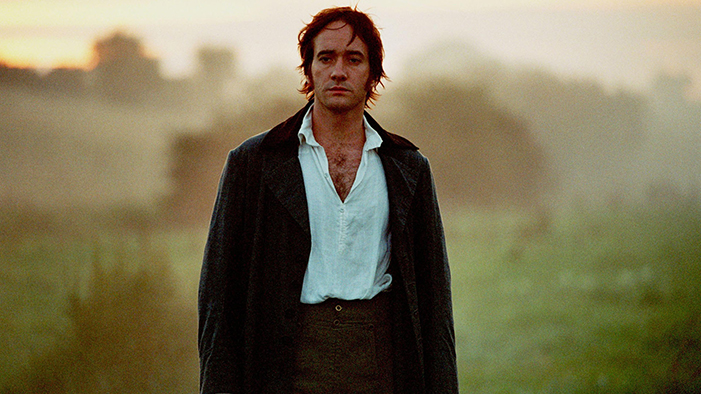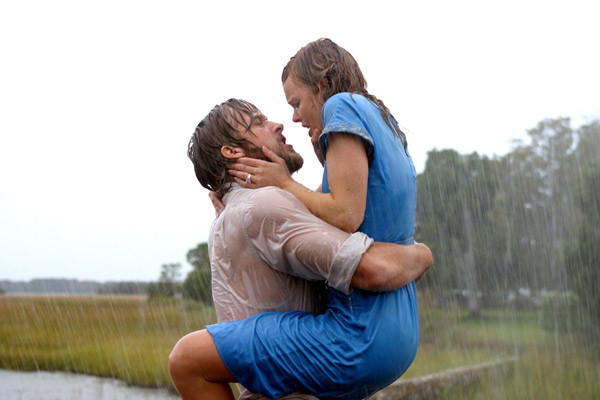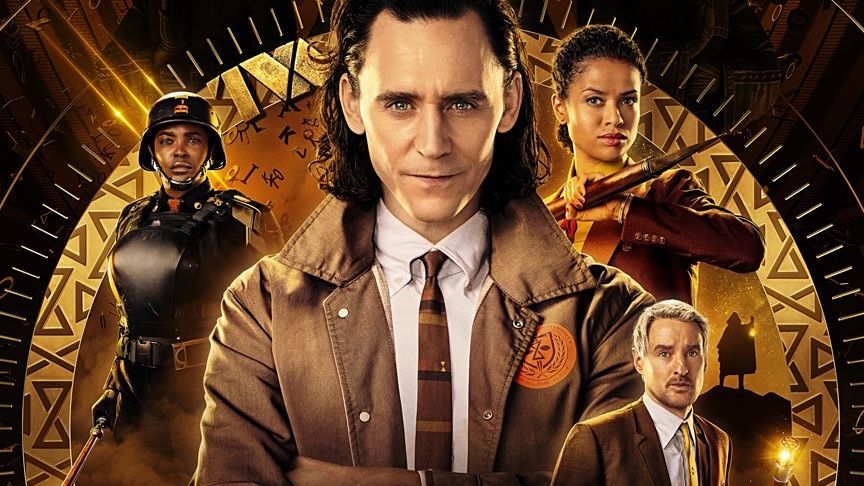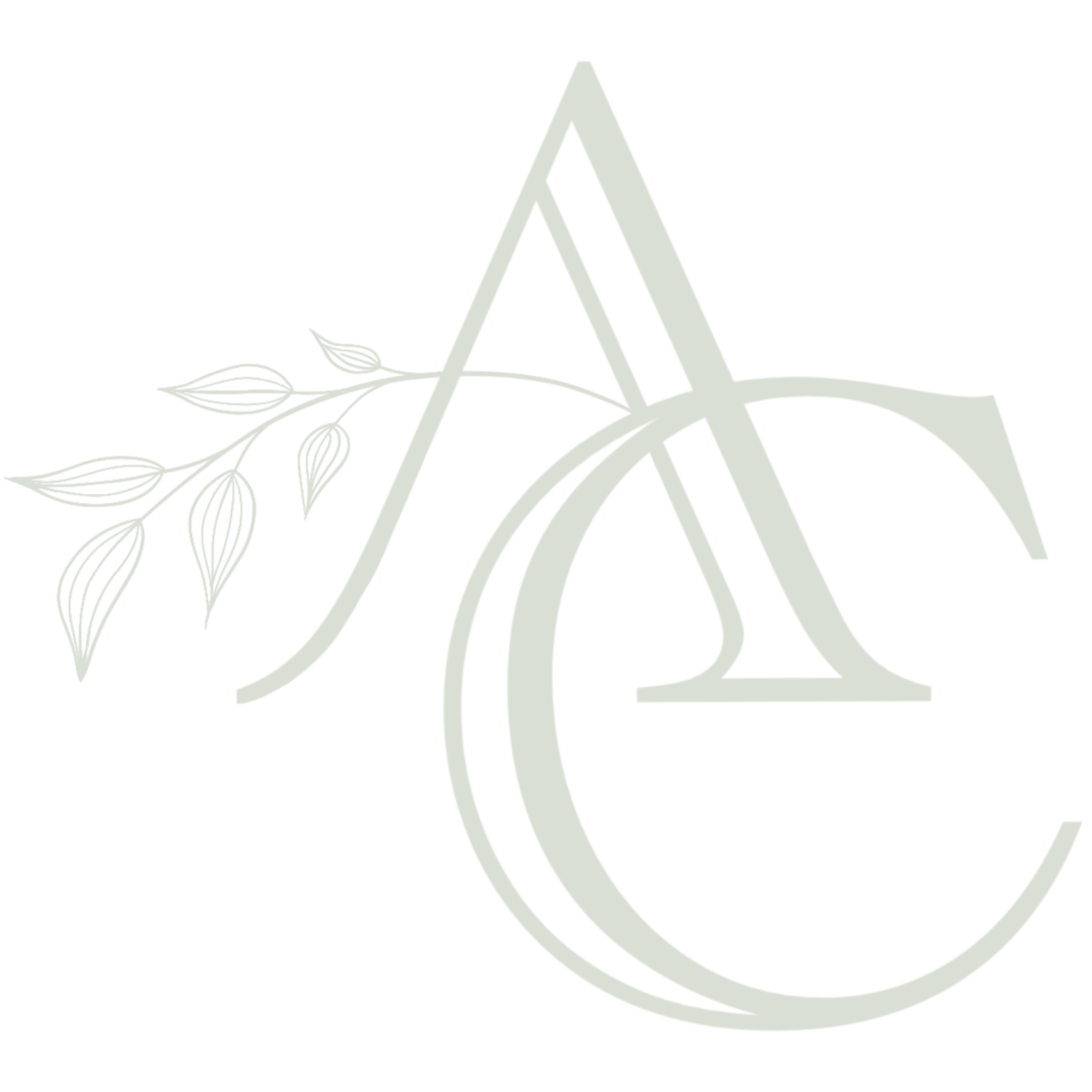
by acackler | Mar 25, 2022 | General
Seeing that Ryan Reynolds is god’s perfect idiot (his words, not mine), I’m sure everyone here has seen his latest Netflix romp The Adam Project. If you haven’t yet, get to it. It’s a lot of fun. Great popcorn movie. And do yourself a favor and...

by acackler | Feb 3, 2022 | General
Well, as many of you know, I began querying Little Owl in earnest about two weeks ago. And let me tell you, it’s hell. Querying a novel is literally setting yourself up for daily rejection, but it’s the only way to get into traditional publishing. So I...

by acackler | Feb 2, 2022 | General
So my critique partner (and all time best internet friend) Cassie Swindon got a few beta comments on her latest draft saying a character lacked depth. This is an example of fantastic advice from a beta reader because it helps the author pinpoint where a little more...

by acackler | Jan 26, 2022 | General
Someone asked a question on Facebook today that really got me thinking. That’s what I love about online communities. They make me look at the various aspects of story telling in different, specific ways. I don’t think I have ever thought much about WHERE...

by acackler | Dec 16, 2021 | General
Oh my god guys, it’s been WEEKS since I’ve posted anything. And here I am throwing the 90s at you like I’ve been here all along. — God, I have no idea what that means. I’m tired. Let’s blow through the preamble and get right to the...

by acackler | Oct 29, 2021 | General
Plot vs character is one of those questions that everyone seems to answer a little differently. And it’s a question that both writers and audiences seem to have equal claim to. “Do you like plot driven or character driven movies/books?” But as...







